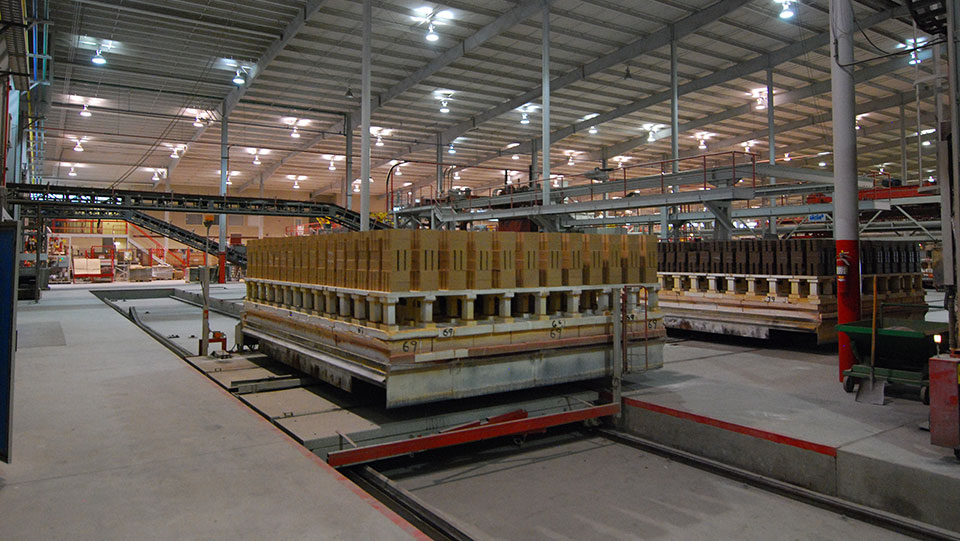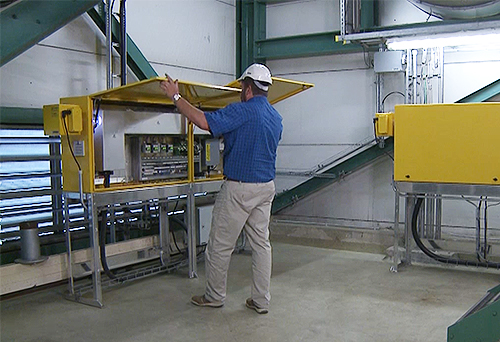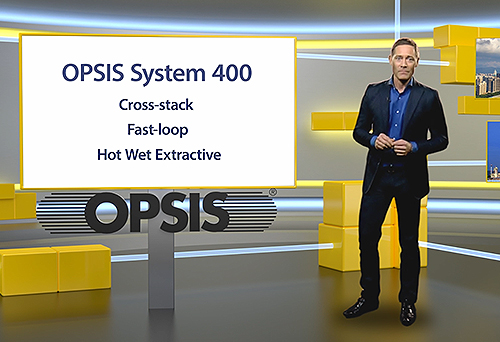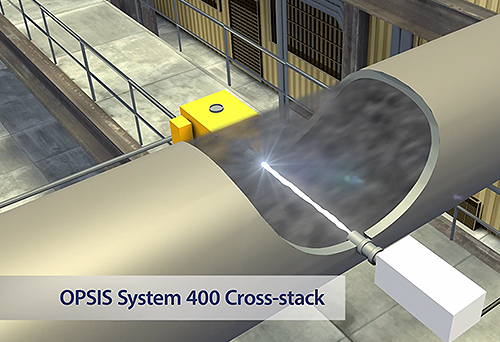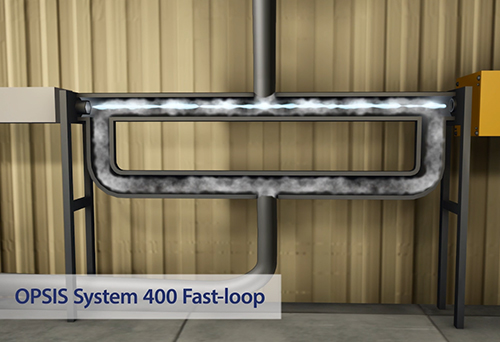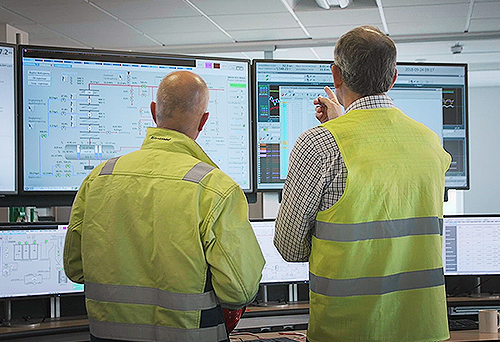Gas analysis in brick manufacturing
Process control and emissions monitoring at brick plants can be challenging due to high concentrations of hydrogen fluoride (HF) and dust. The use of extractive monitoring systems in such environments requires a lot of maintenance and can still cause major operational disruptions. However, the contactless technology offered by OPSIS solves the problems.
Many APPLICATION AREAS
OPSIS monitoring systems can be used for a variety of applications in brick plants:
- to monitor and optimise the combustion process by measuring CO and O2 in the hot raw gas directly after the furnaces
- to control flue gas treatment equipment. The dosage of lime in scrubbers can be controlled in the best economic and environmentally-friendly way by monitoring HCl, HF, and SO2 before the scrubbers and using the signals for control. If SCR is used for NOX reduction, the NO levels can be monitored to control the urea injection. See our flue gas treatment web page for more information
- to monitor emissions to ambient air. There are often authority requirements that the emissions must be monitored and reported so they can be compared with established emission limits. Here, the concentrations of all of the mentioned gases may be monitored together with dust, flue gas flow, etc.

COST-EFFECTIVE SYSTEMS WITH HIGH ACCURACY
The OPSIS monitoring systems are based on gas analysers that have fast response times, are accurate, and require minimal maintenance. The monitoring takes place contact-free along light beams where gas molecules can absorb parts of the light. In process and emissions monitoring, light beams are sent through the gas channels that lead to the stacks, or some of the gases are led into measurement cells through which the light is sent. The light is captured and led via optical fibres to the analyser which measures the absorption and calculates the gas concentrations.
A single analyser can measure several types of gases along several light paths. This gives a very cost-effective monitoring system. In addition to HF, the concentrations of many other gases can also be monitored, such as NO, NO2, SO2, CO, and CO2.

GAS ANALYSIS WITH OPSIS
There are multiple reasons for choosing OPSIS as supplier of systems for gas analysis. Among the key benefits of the methods and solutions offered by OPSIS are:
- one system for all components
- a single system can measure at several monitoring points
- combines the benefits of the UV-DOAS, FTIR-DOAS, and TDL techniques
- best performance according to QAL1 certification
- longest calibration interval according to QAL1 certification
- optional automatic QAL3 control
- non-contact monitoring, no sampling
- long maintenance interval
- low energy consumption
- gas calibration only once a year
- thousands of systems installed worldwide
- certified by, among others, German TÜV and under British MCERTS standards.
